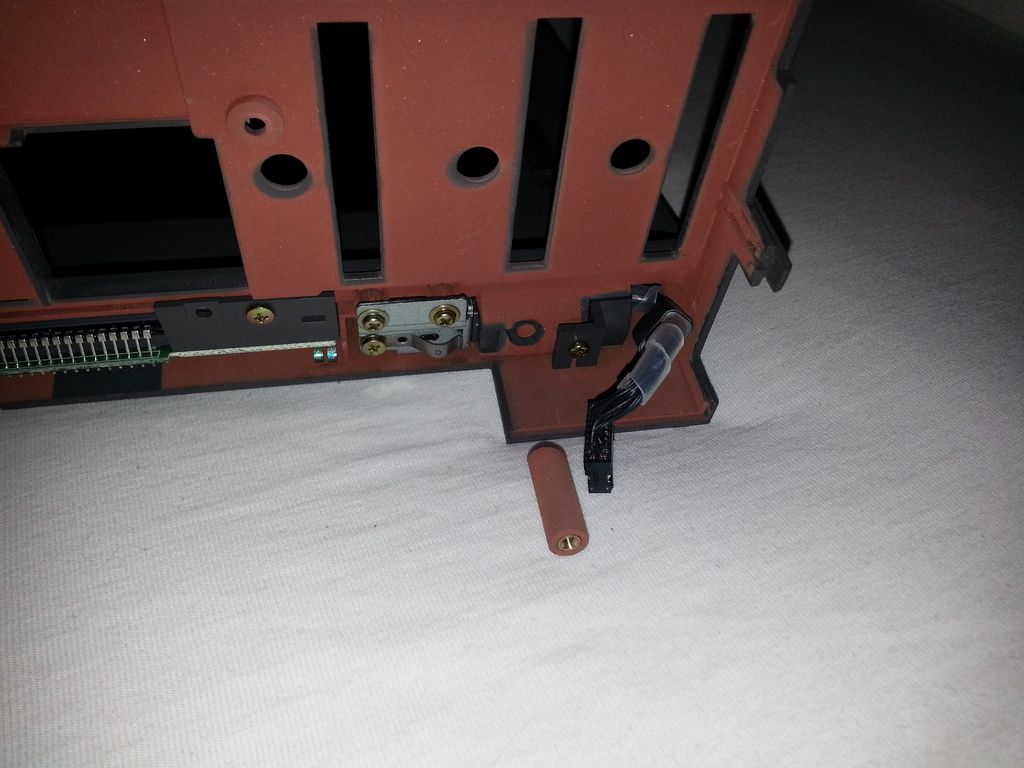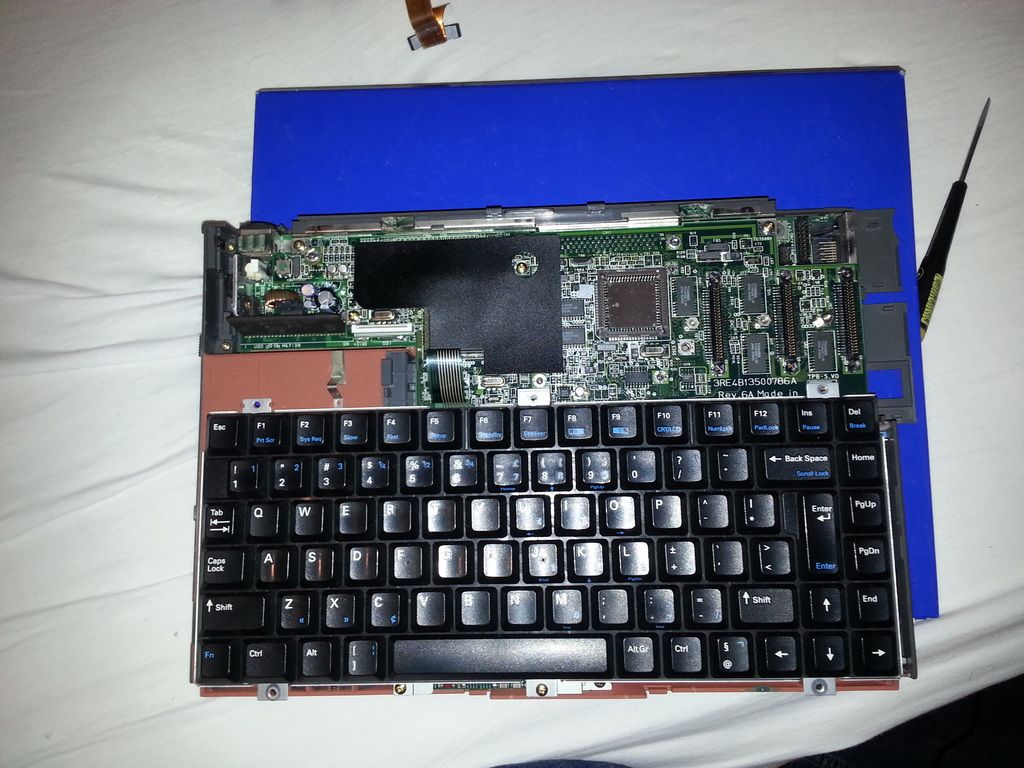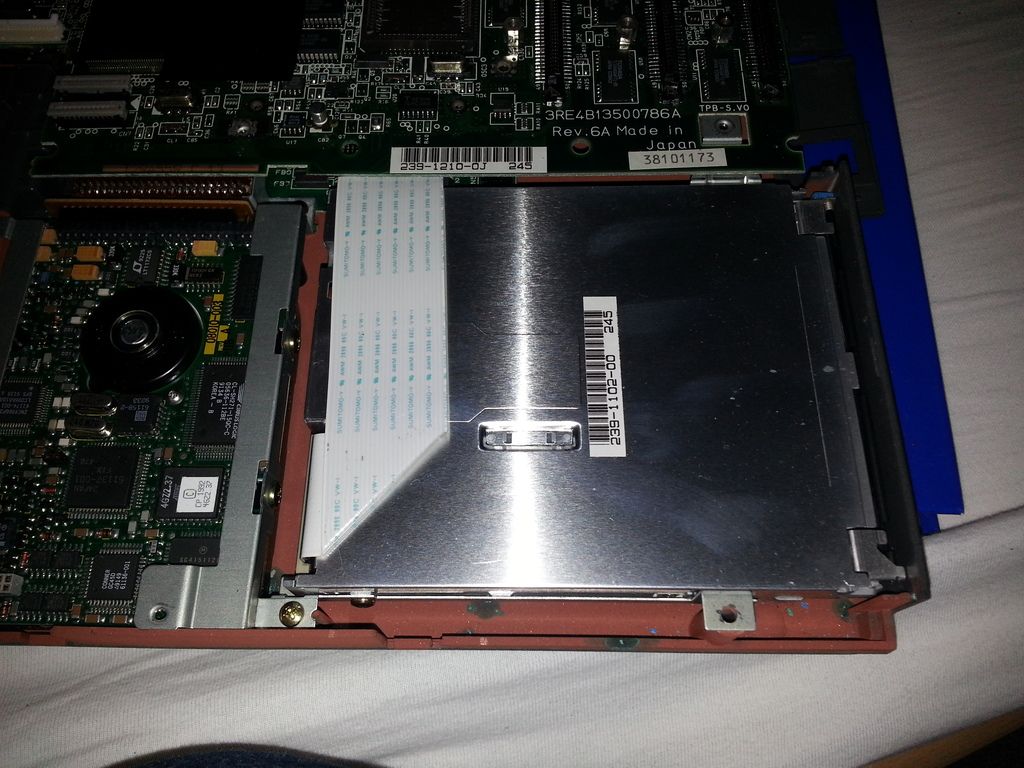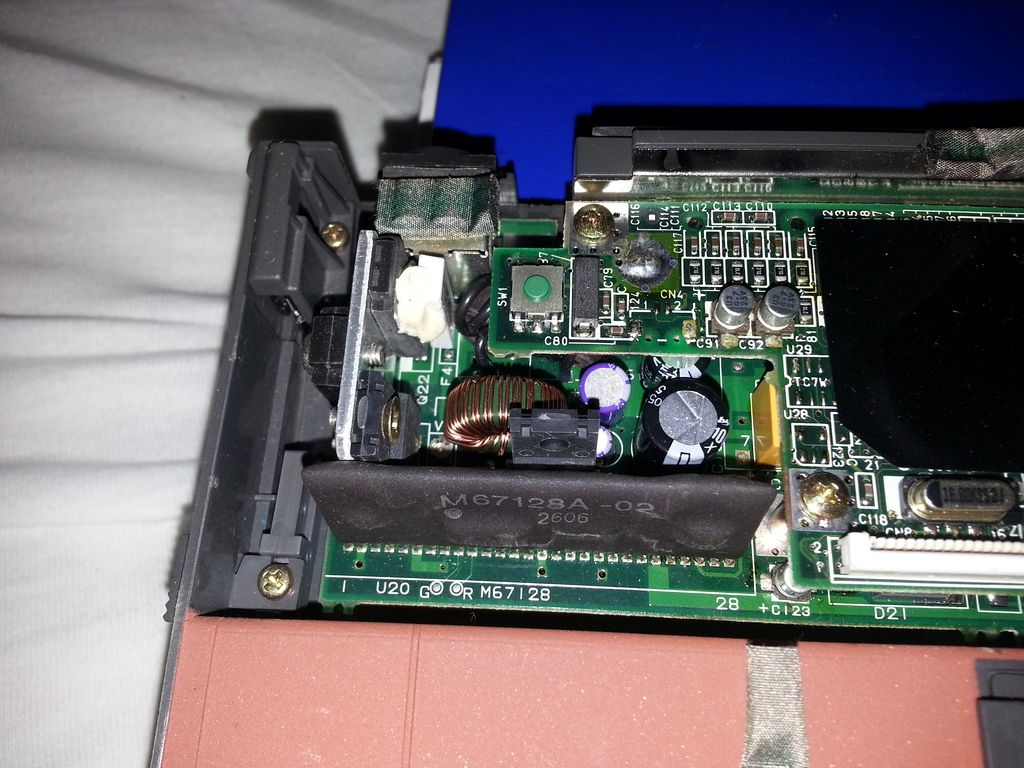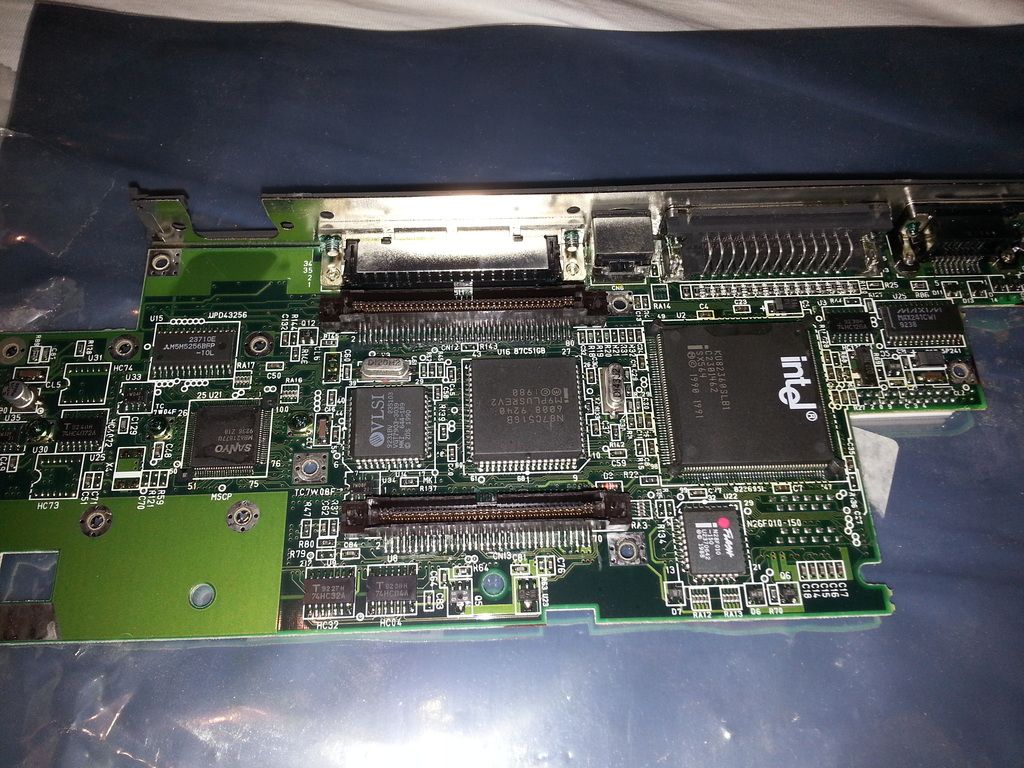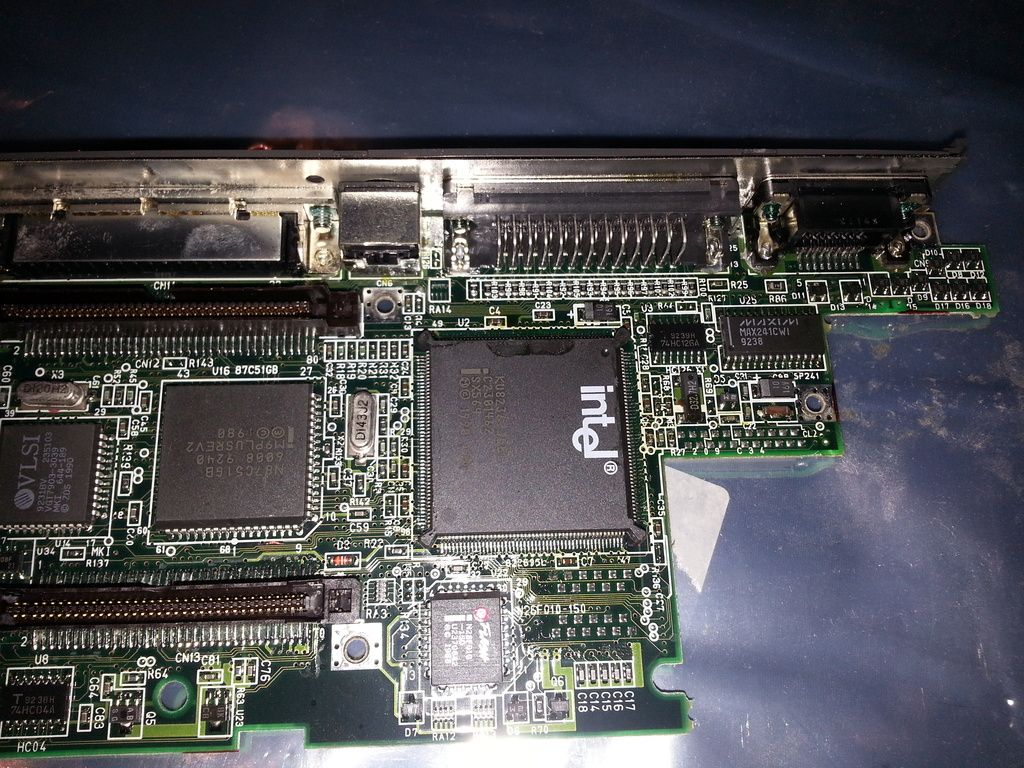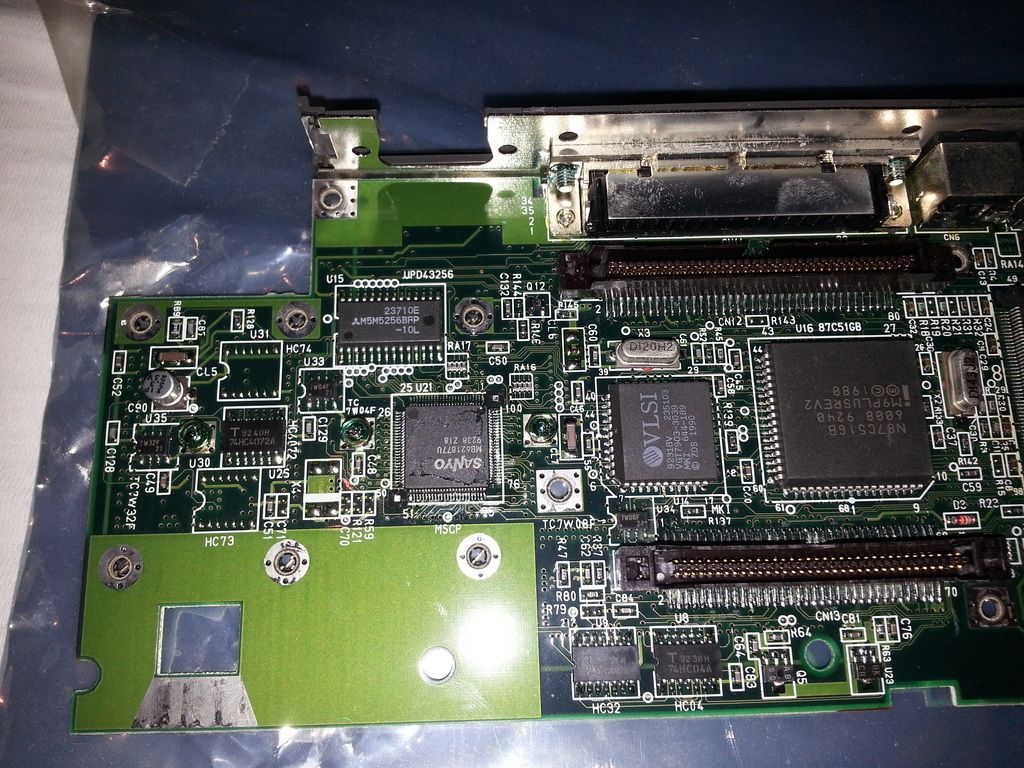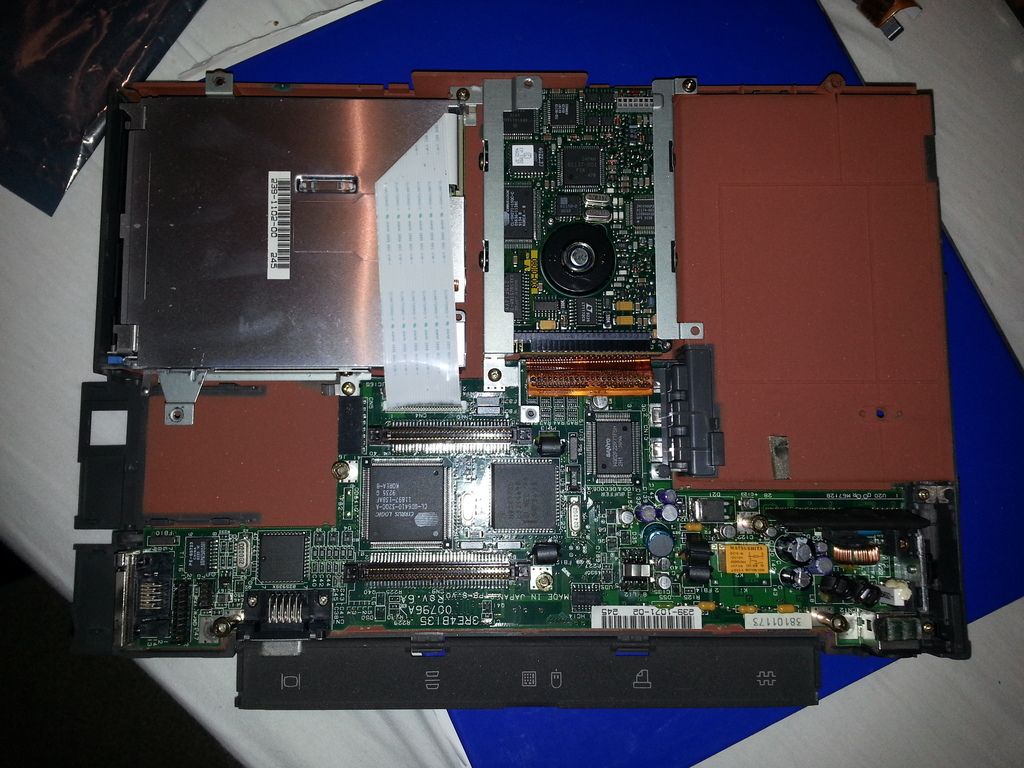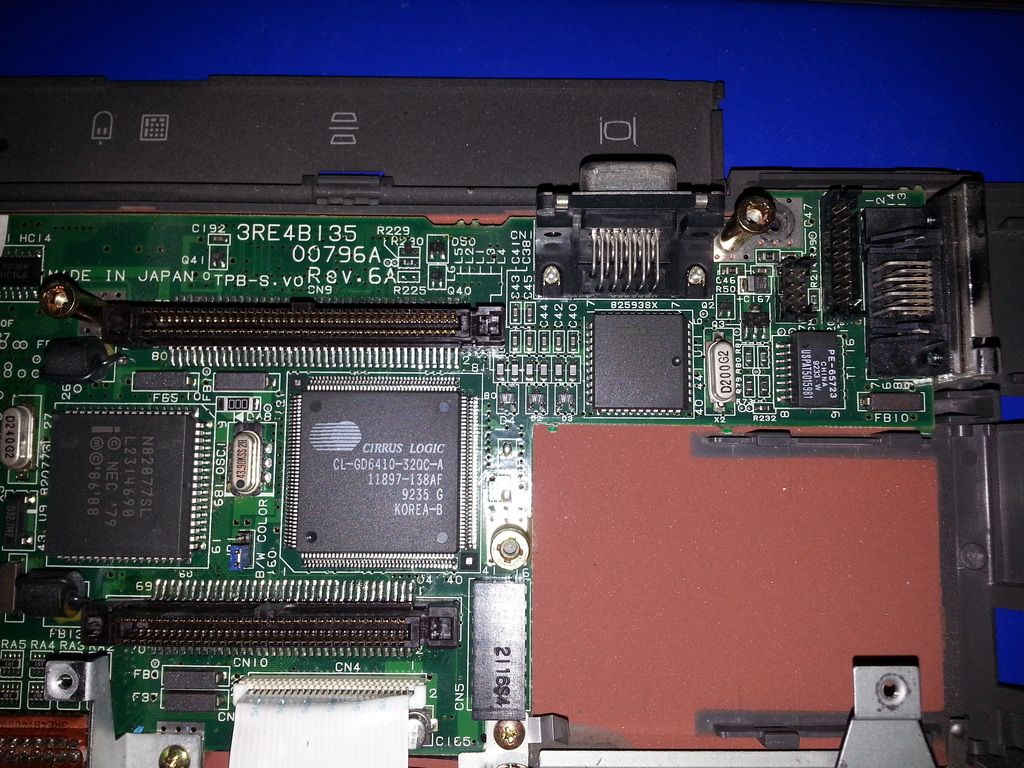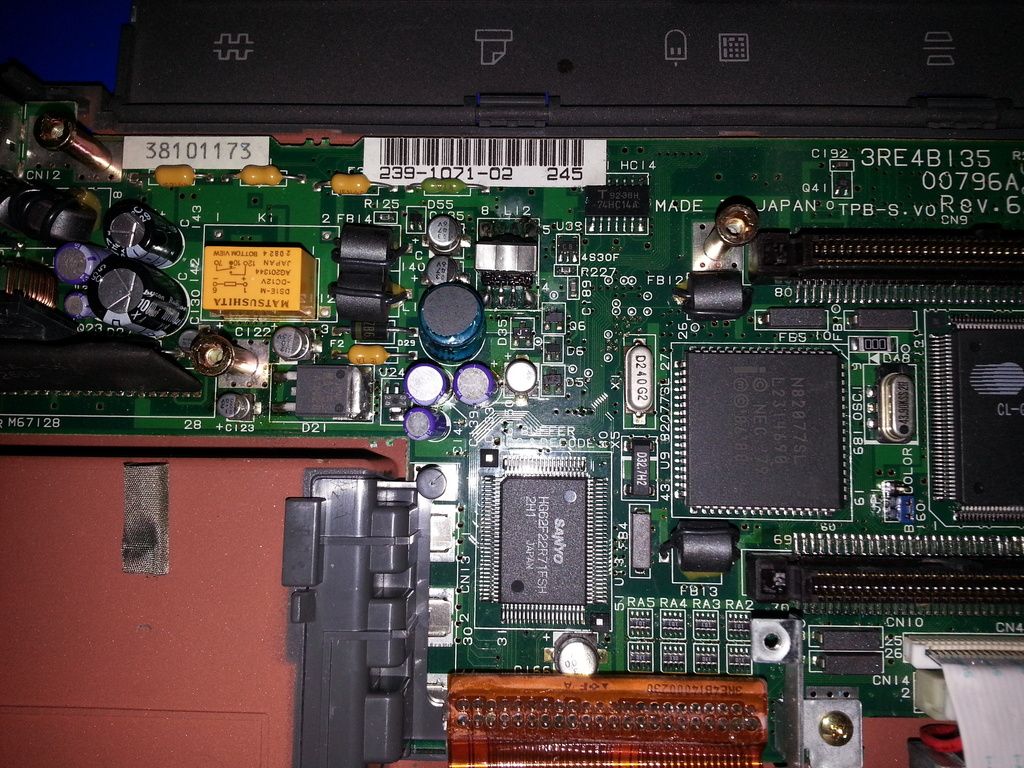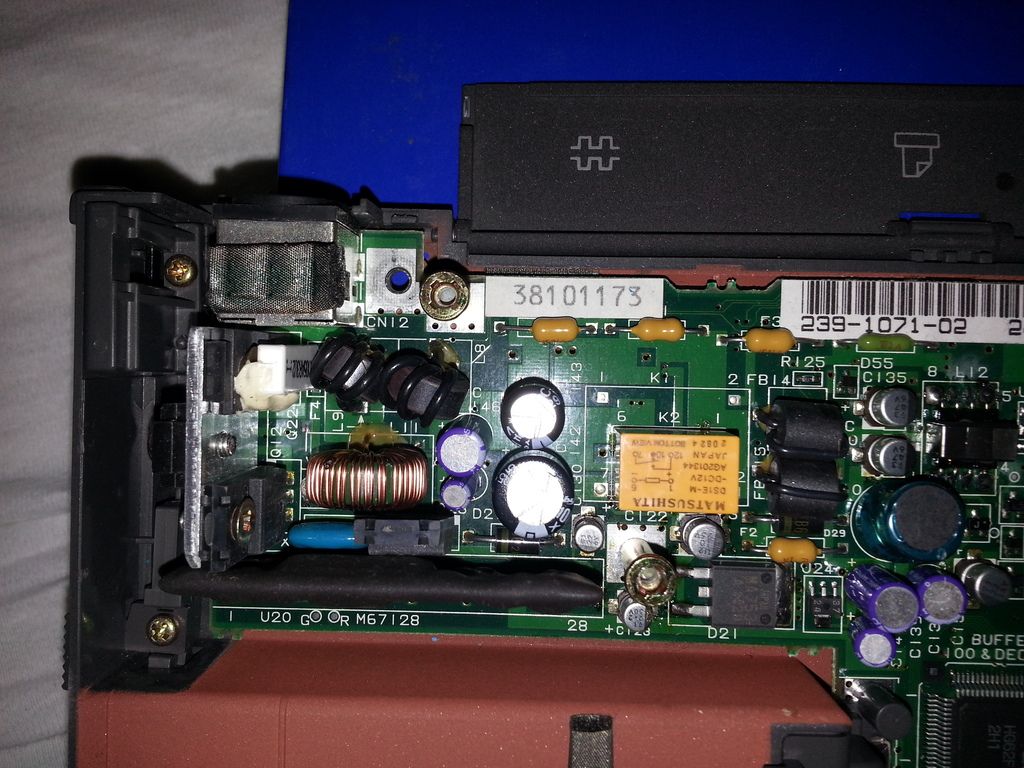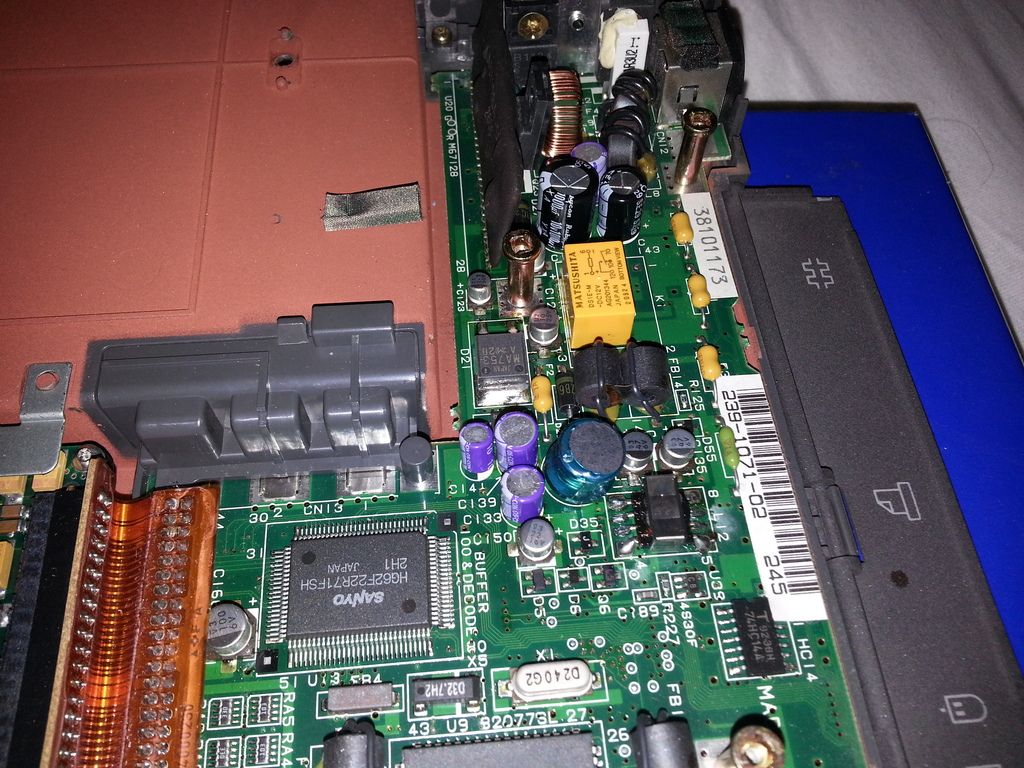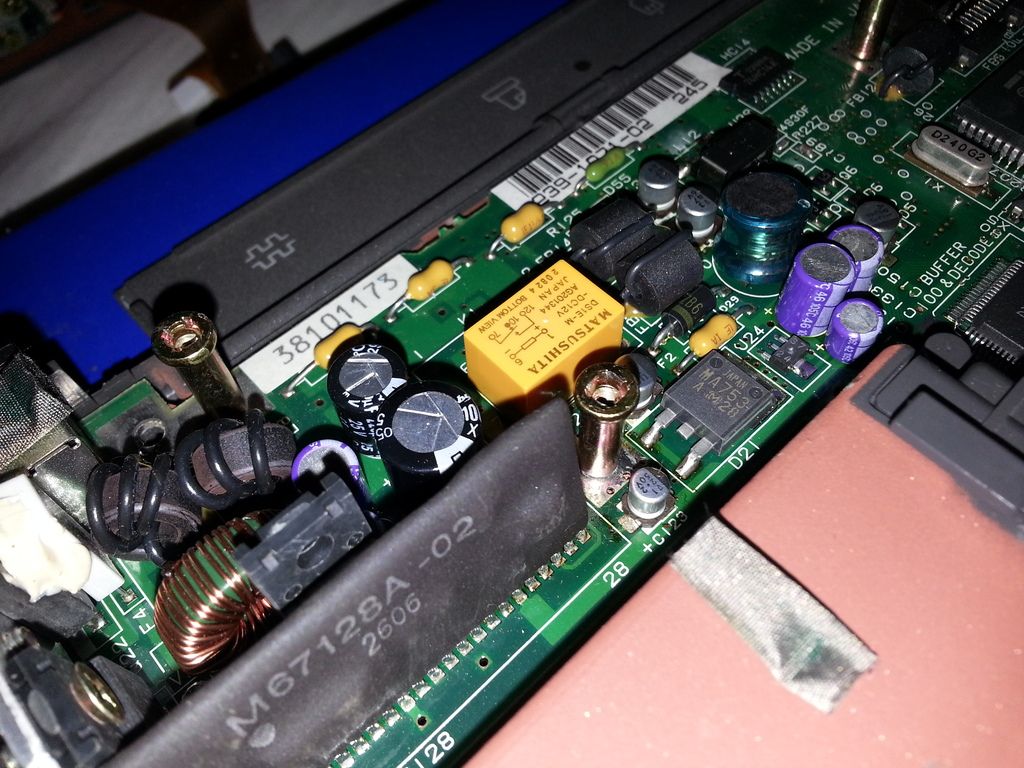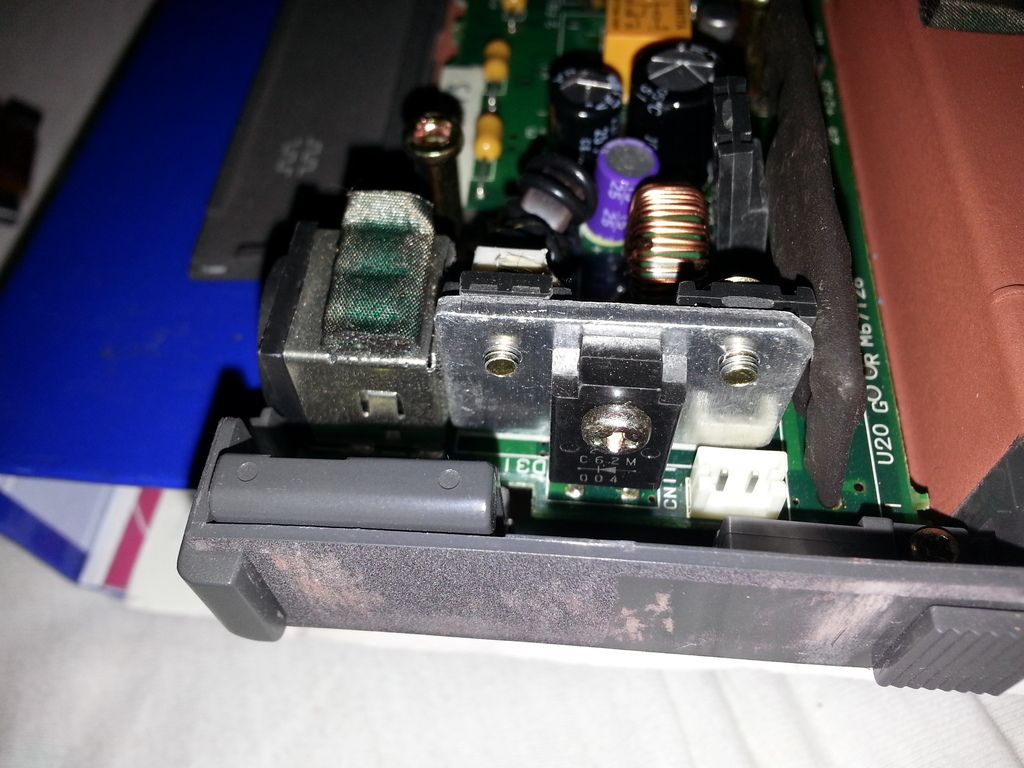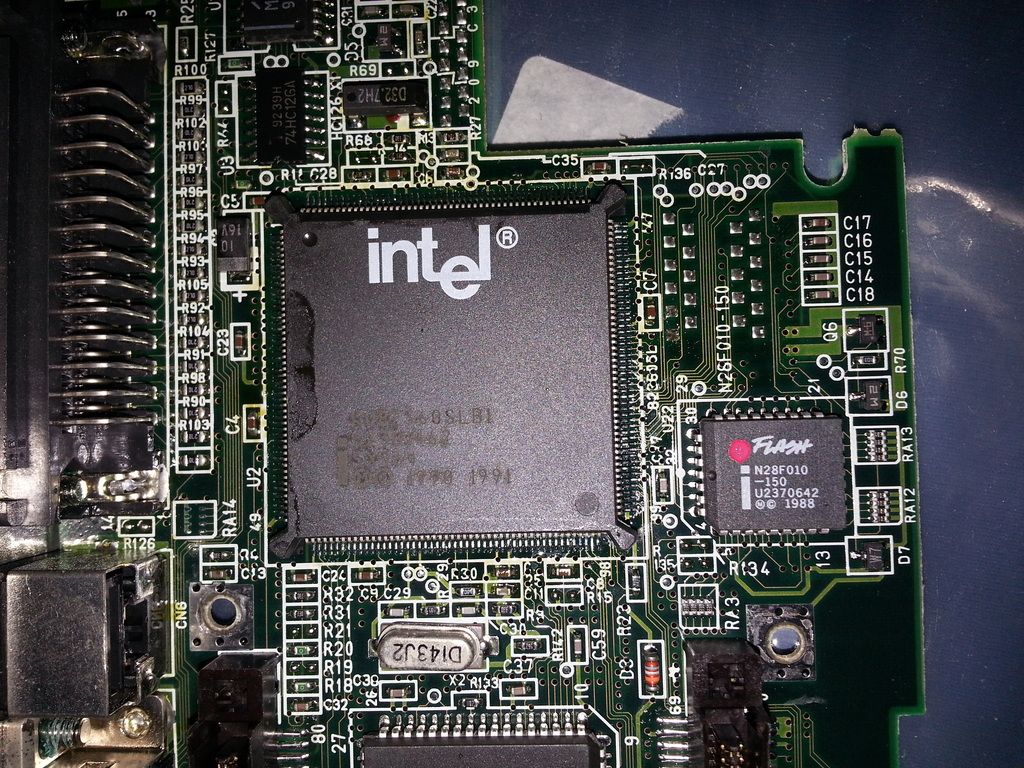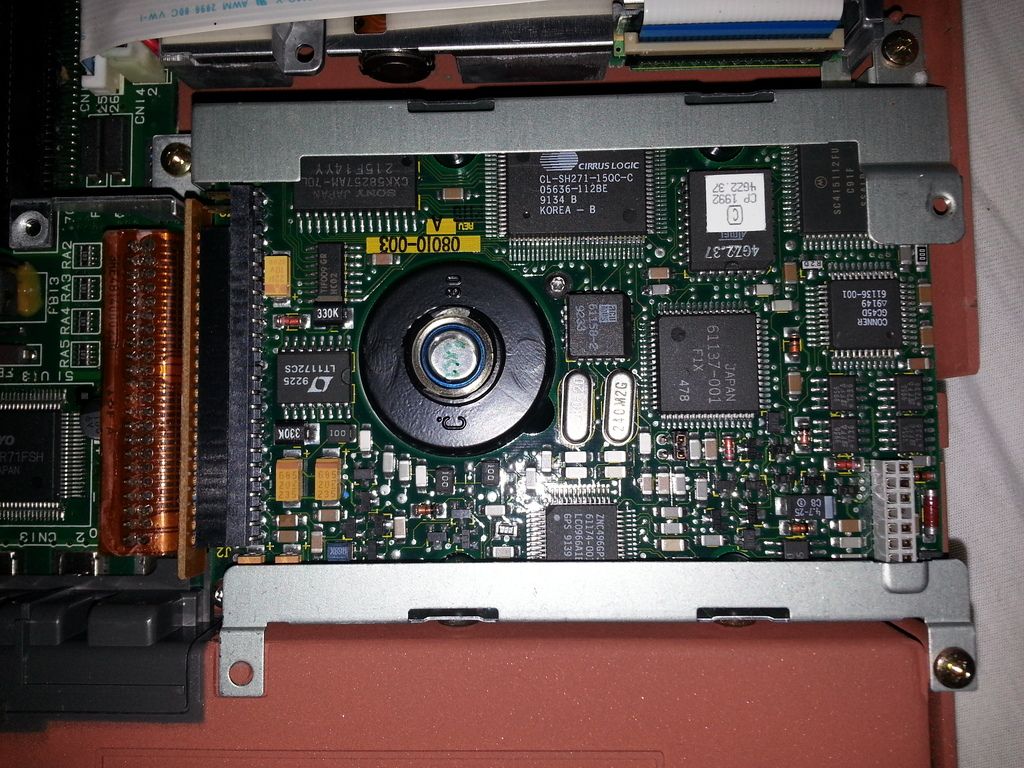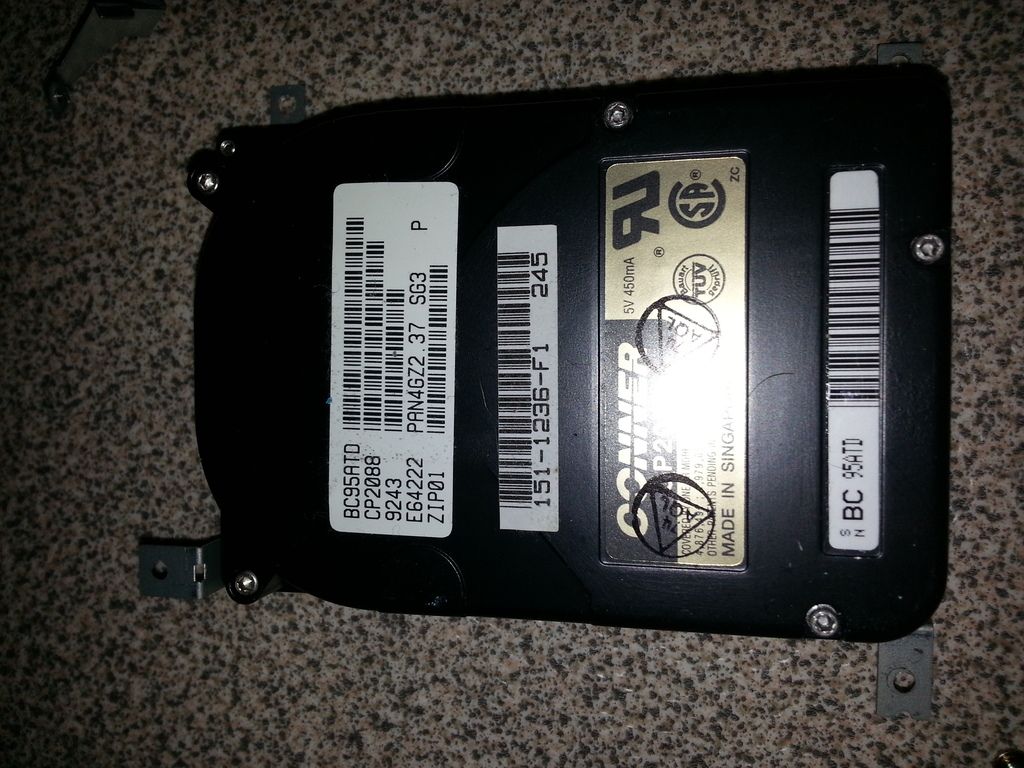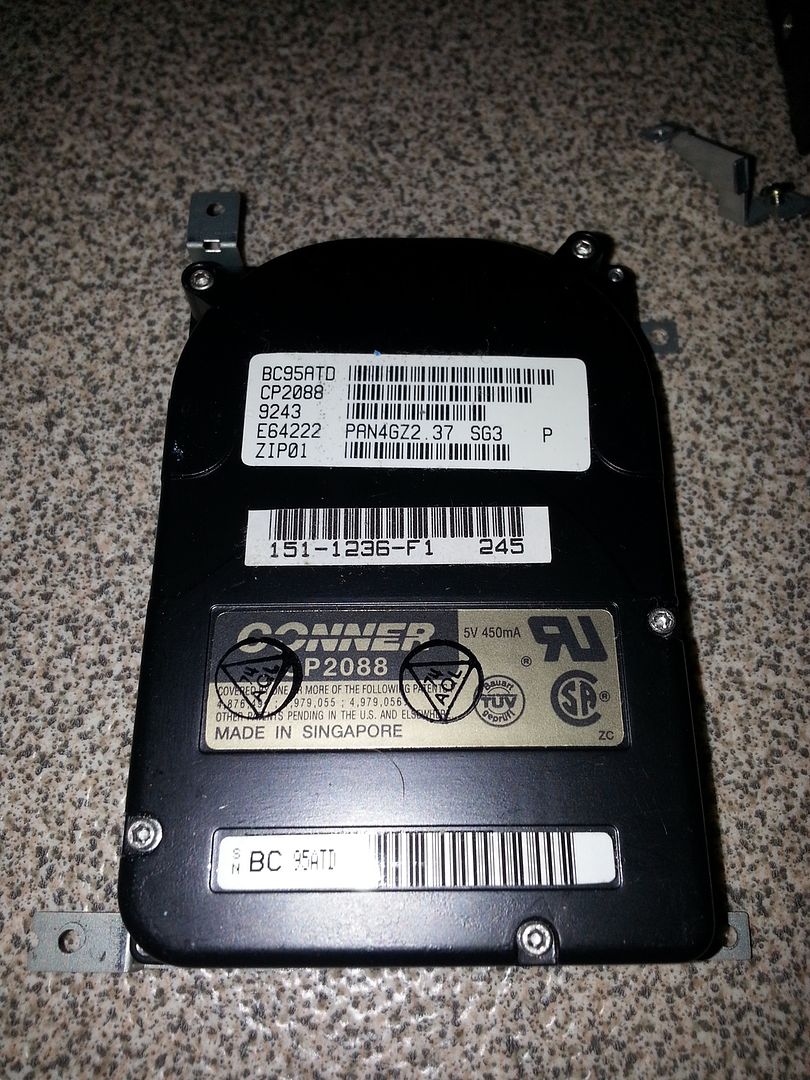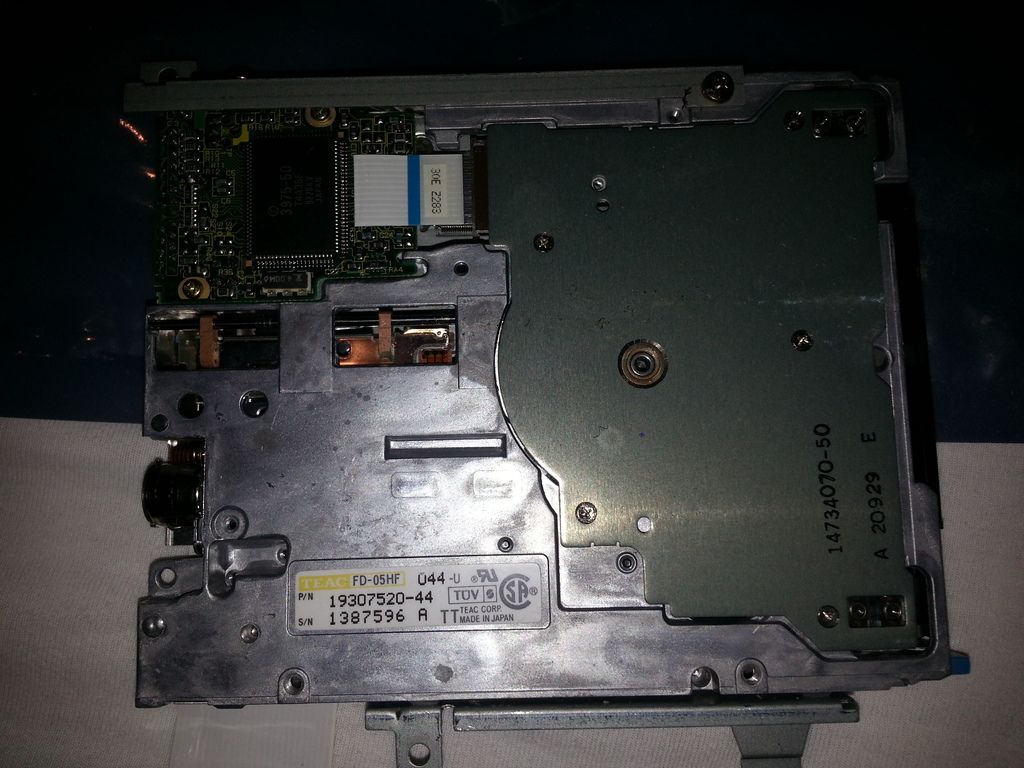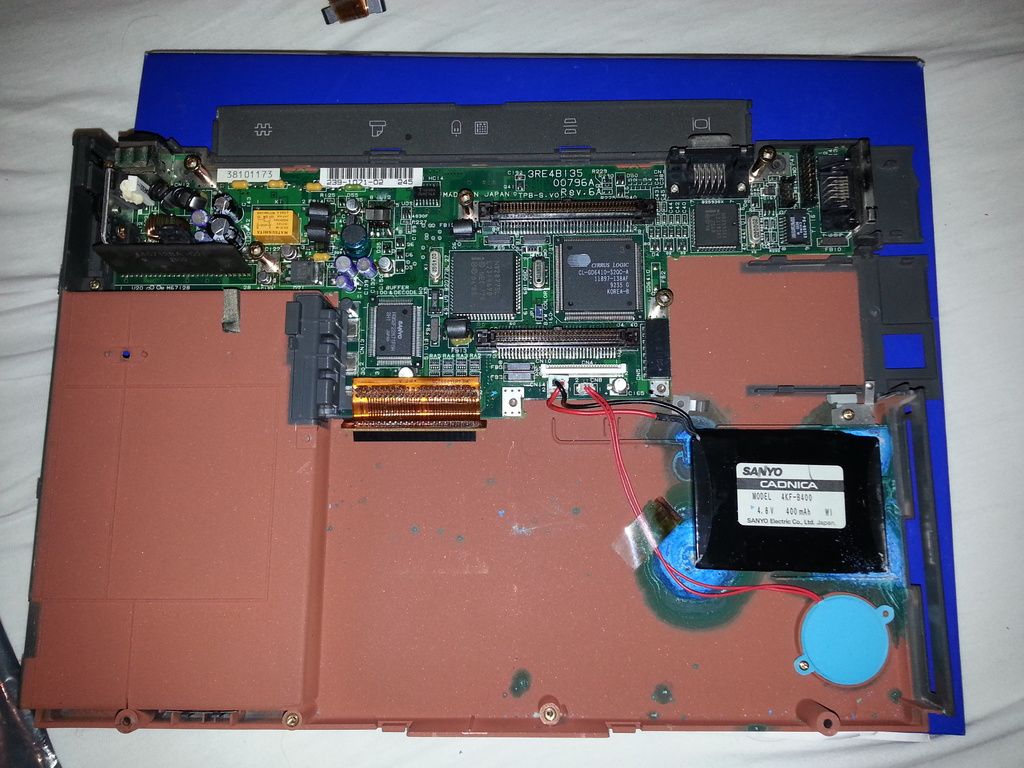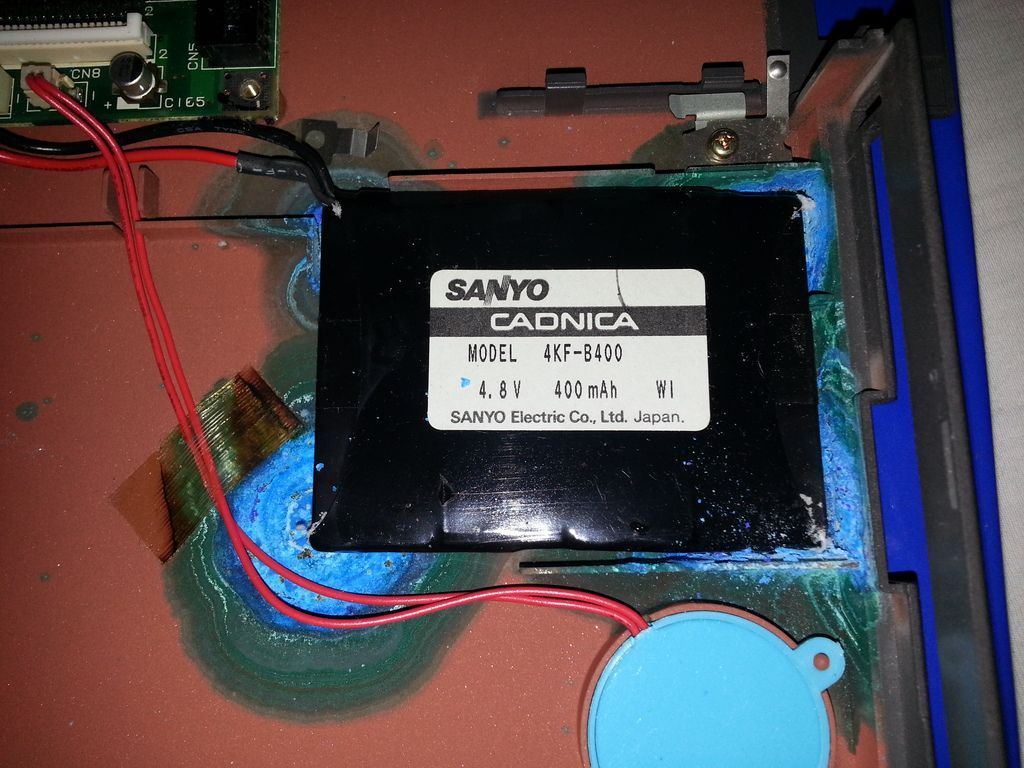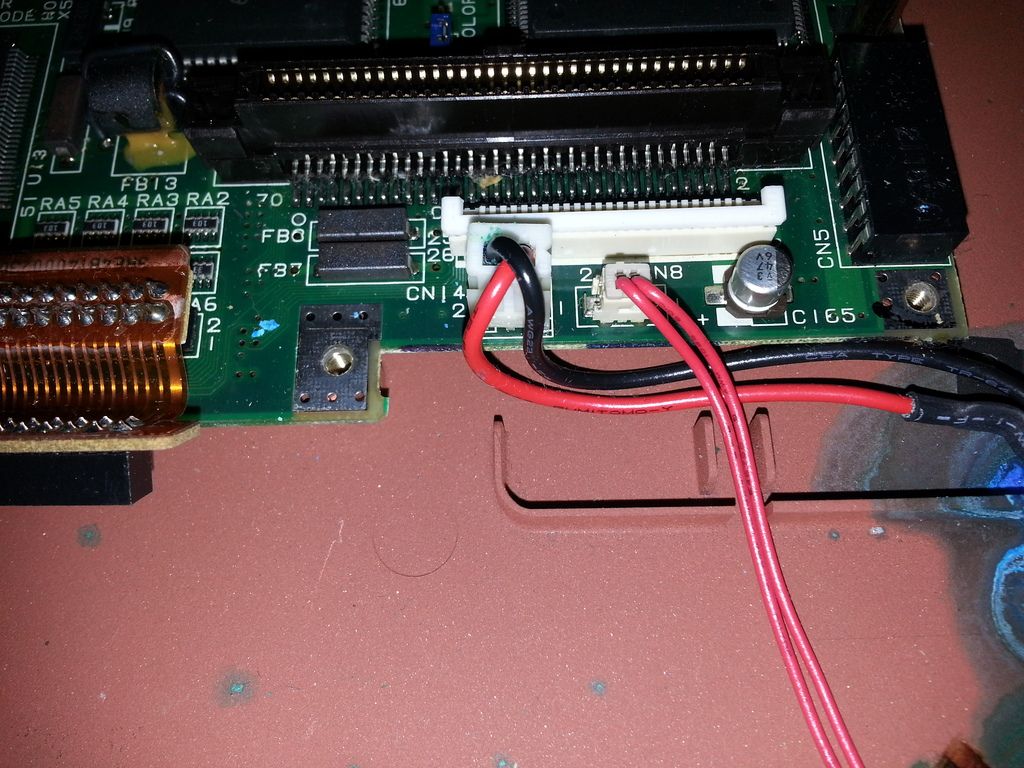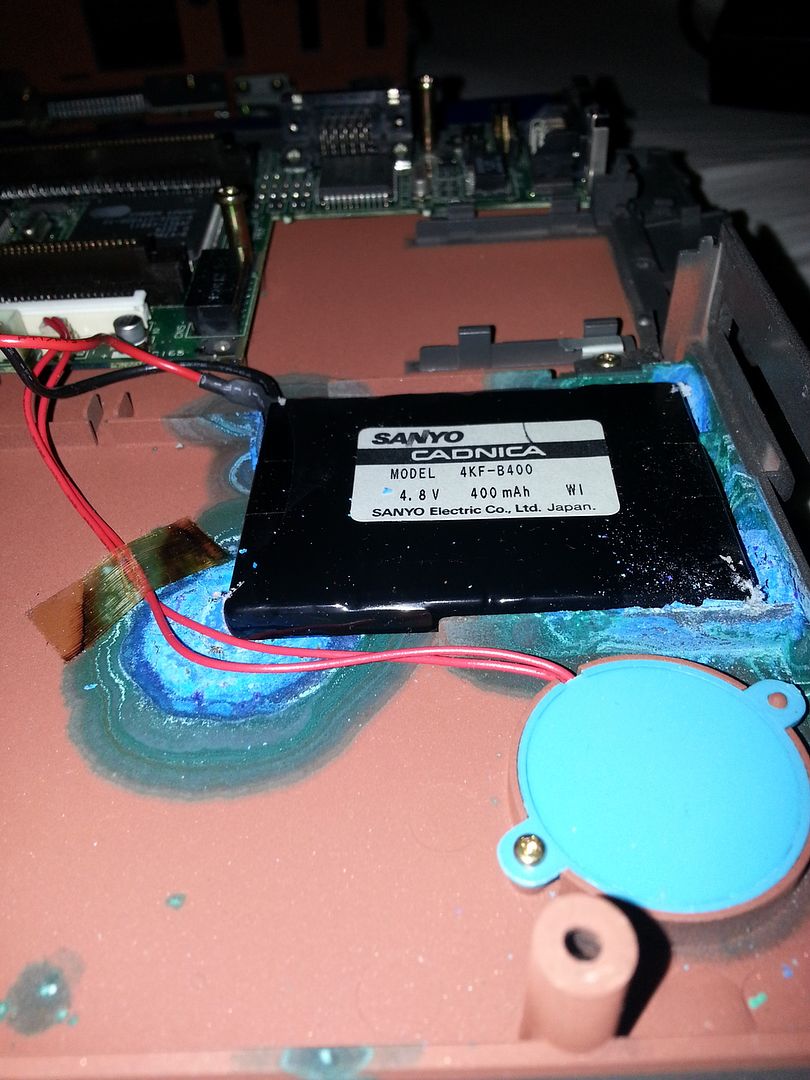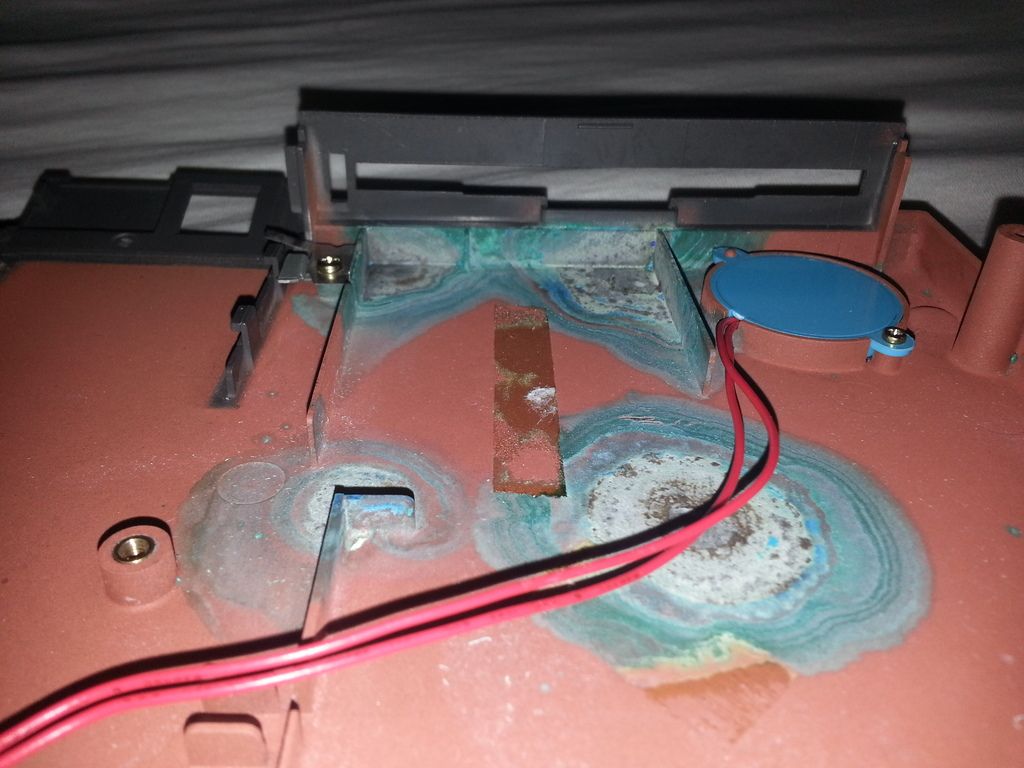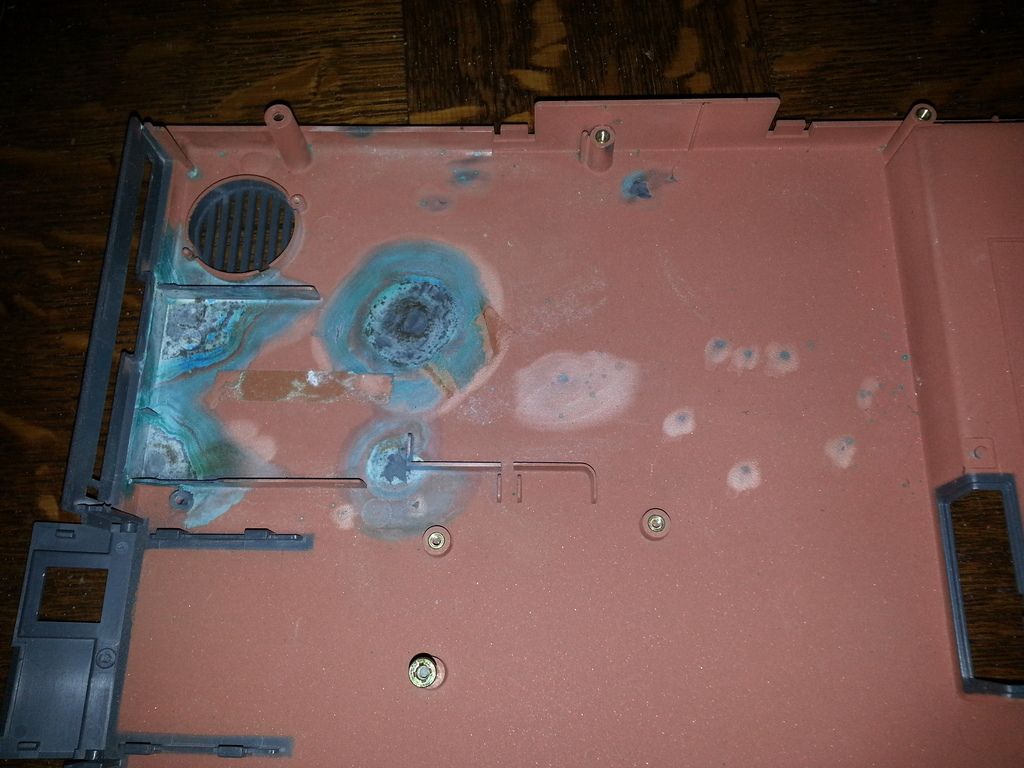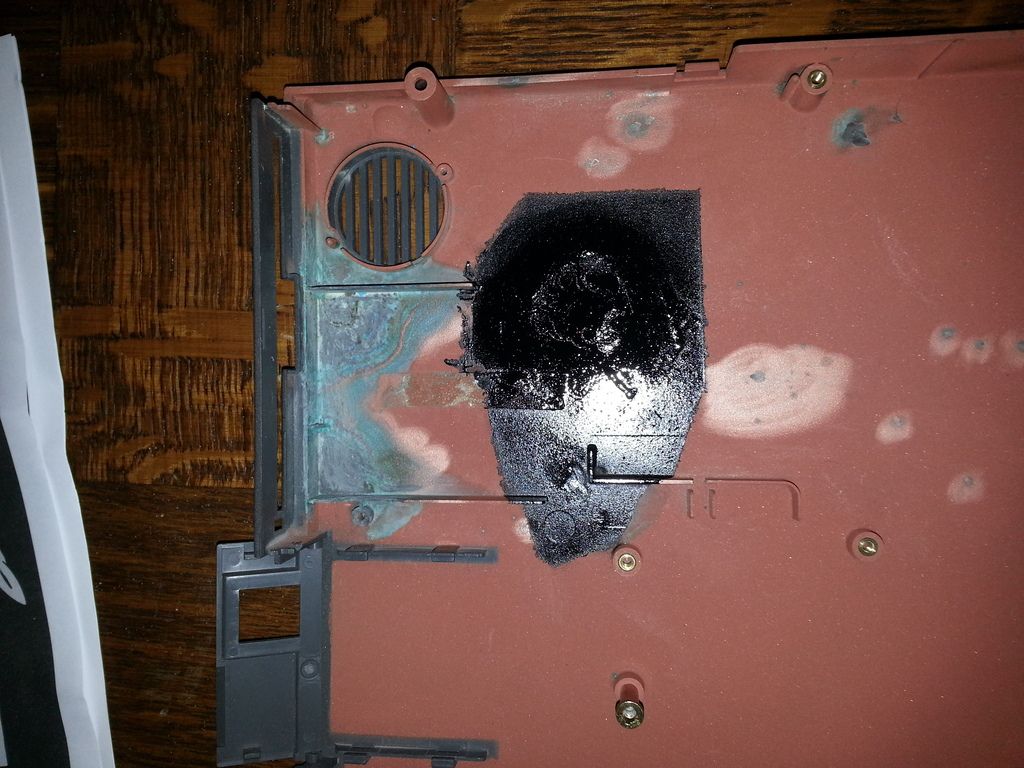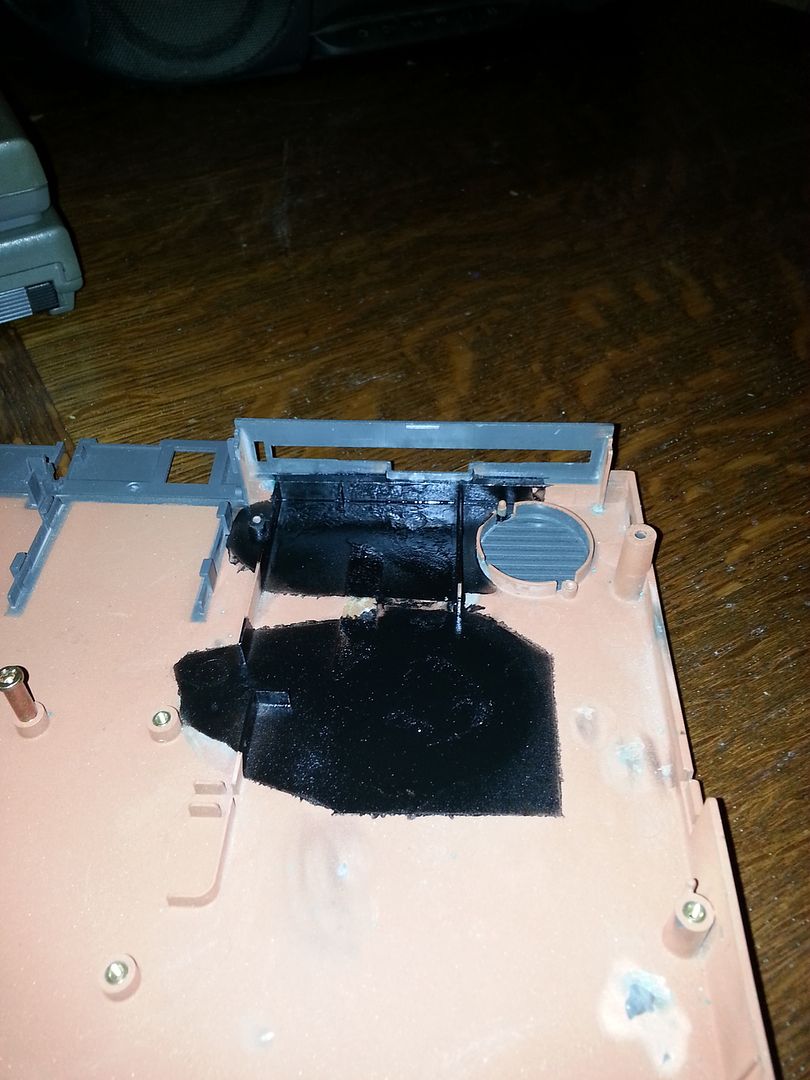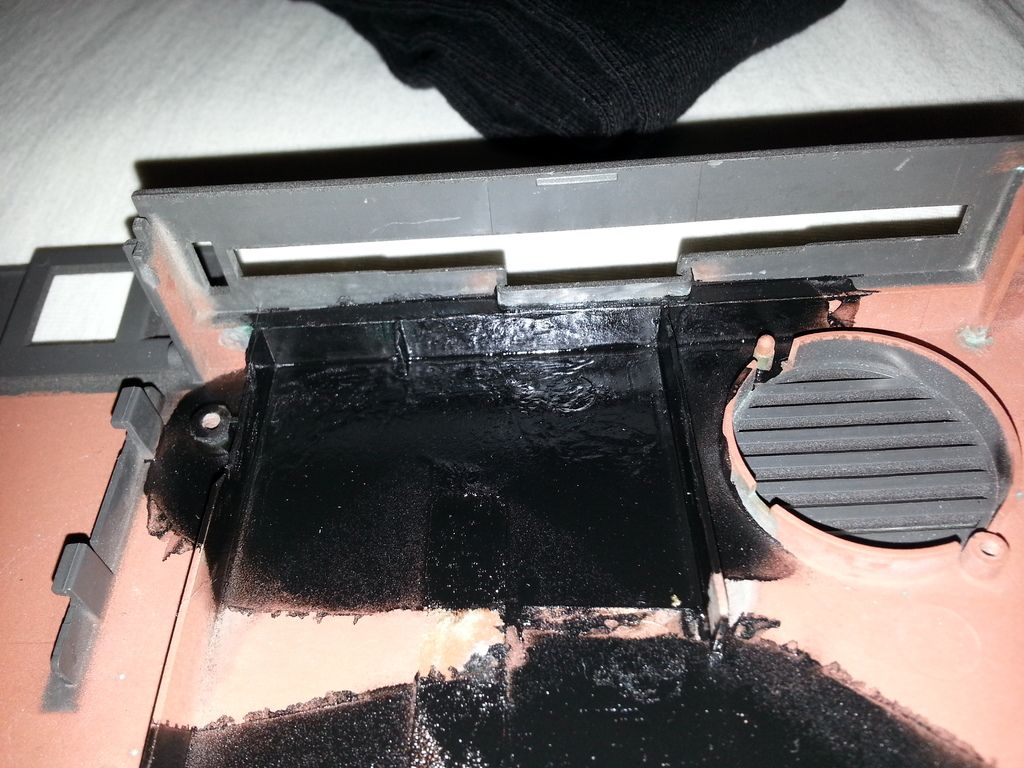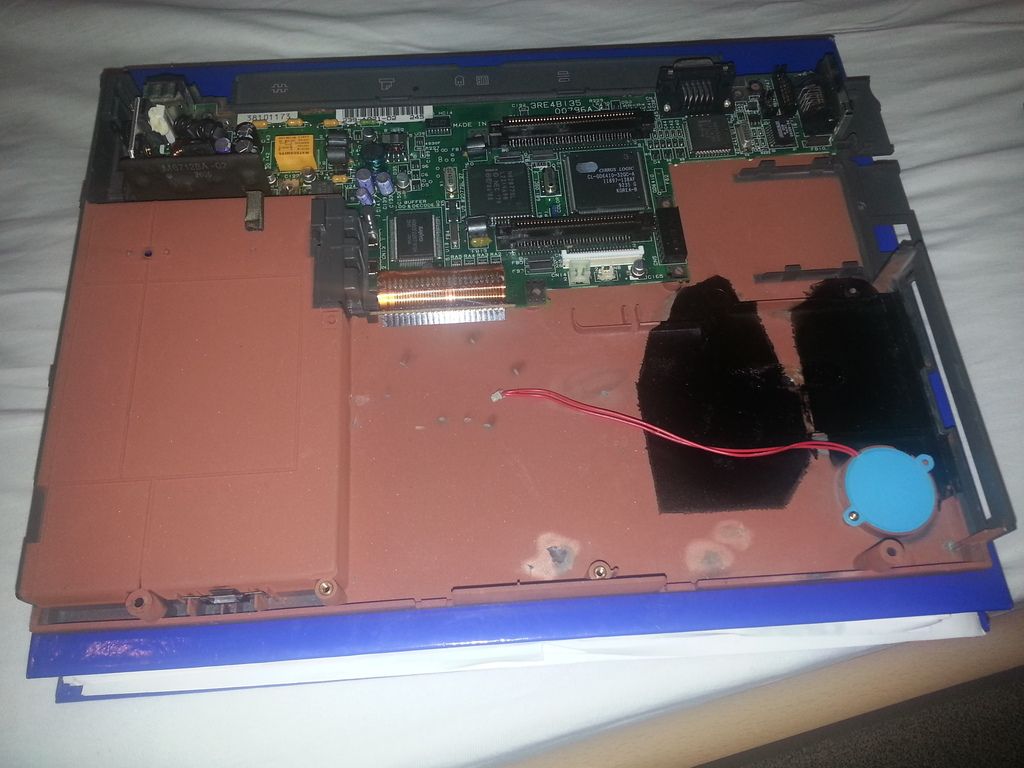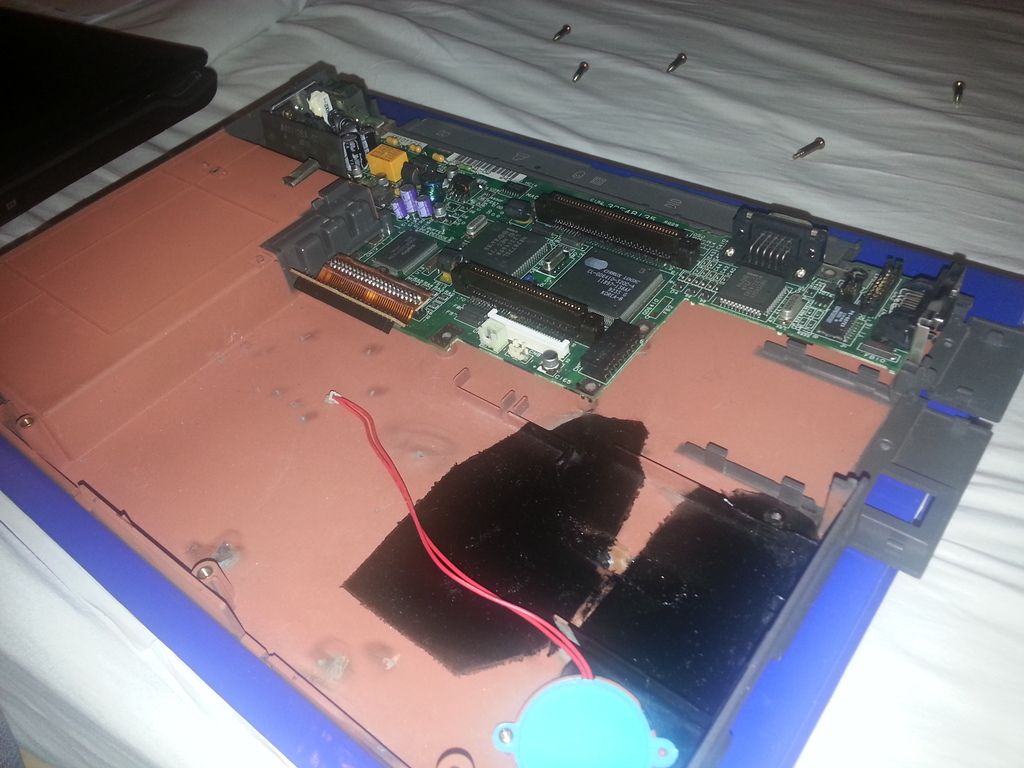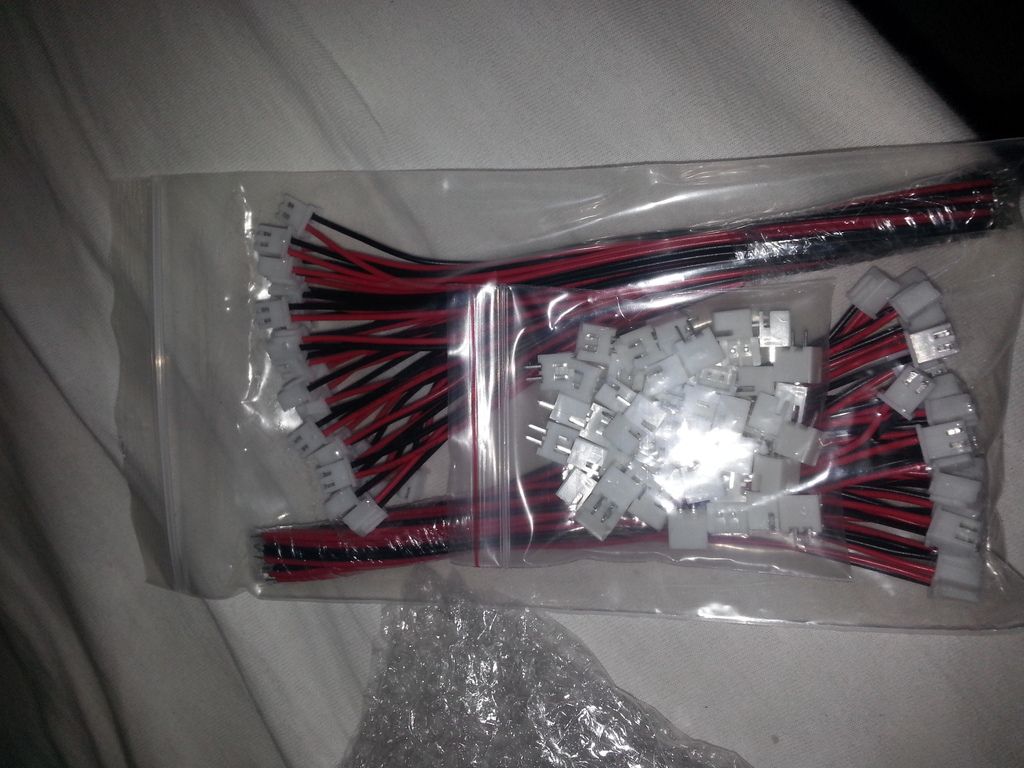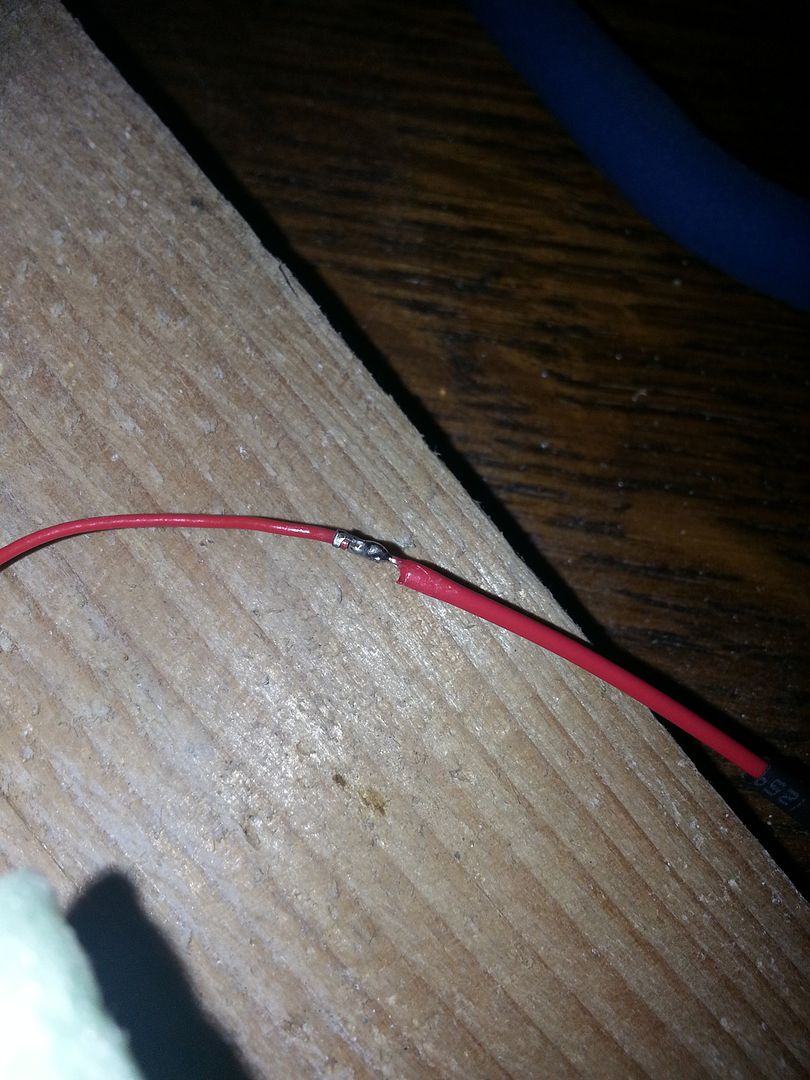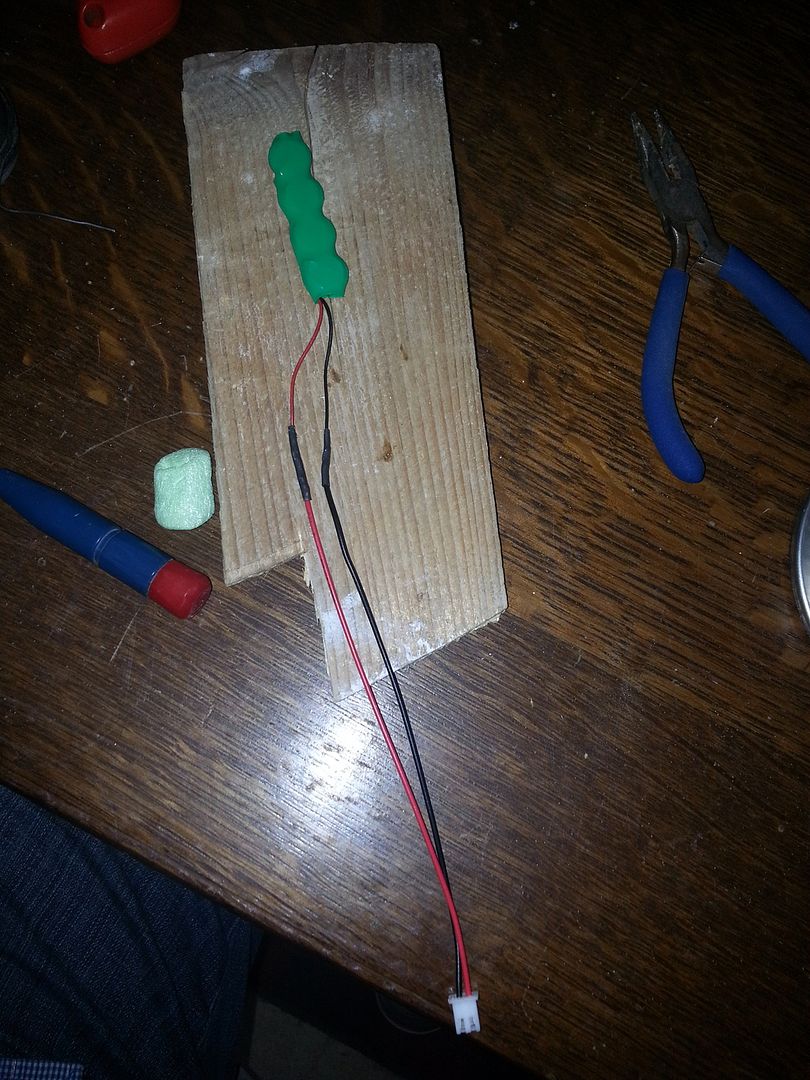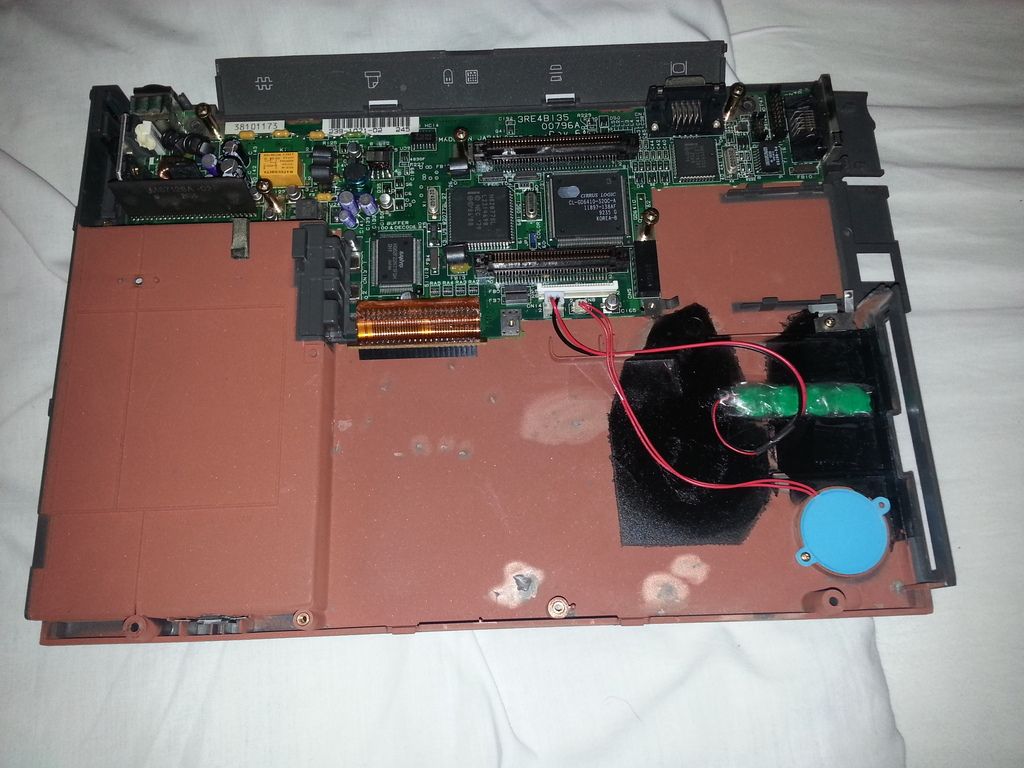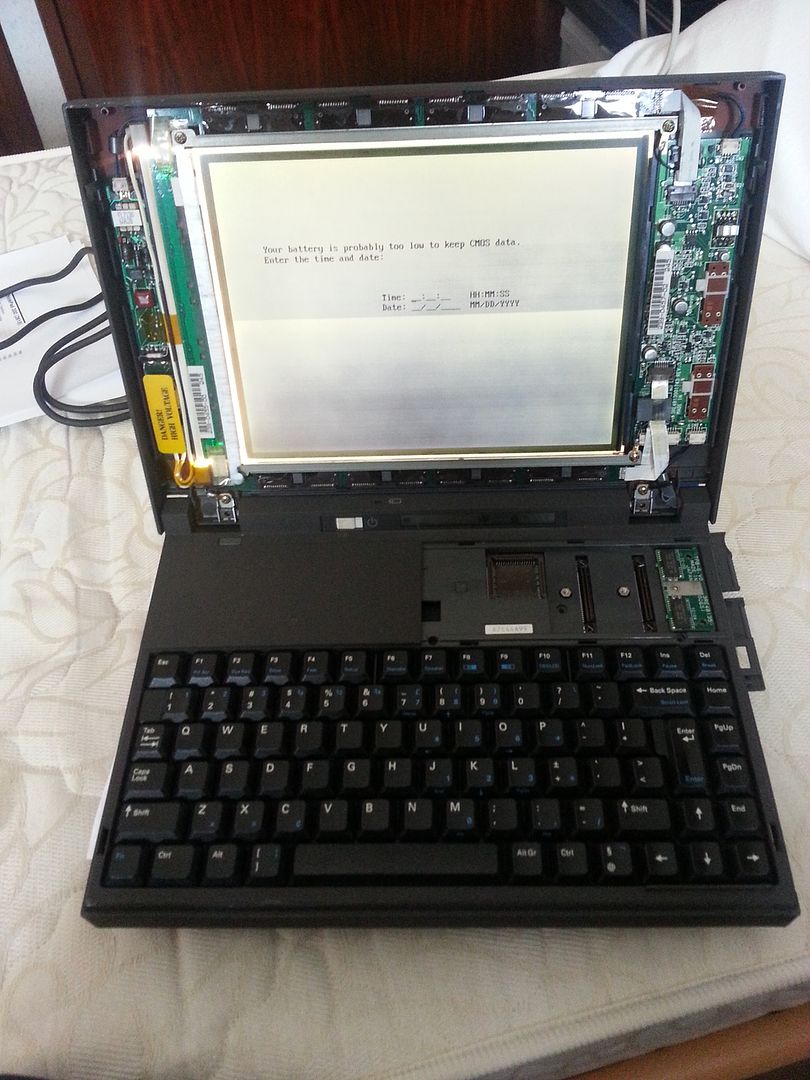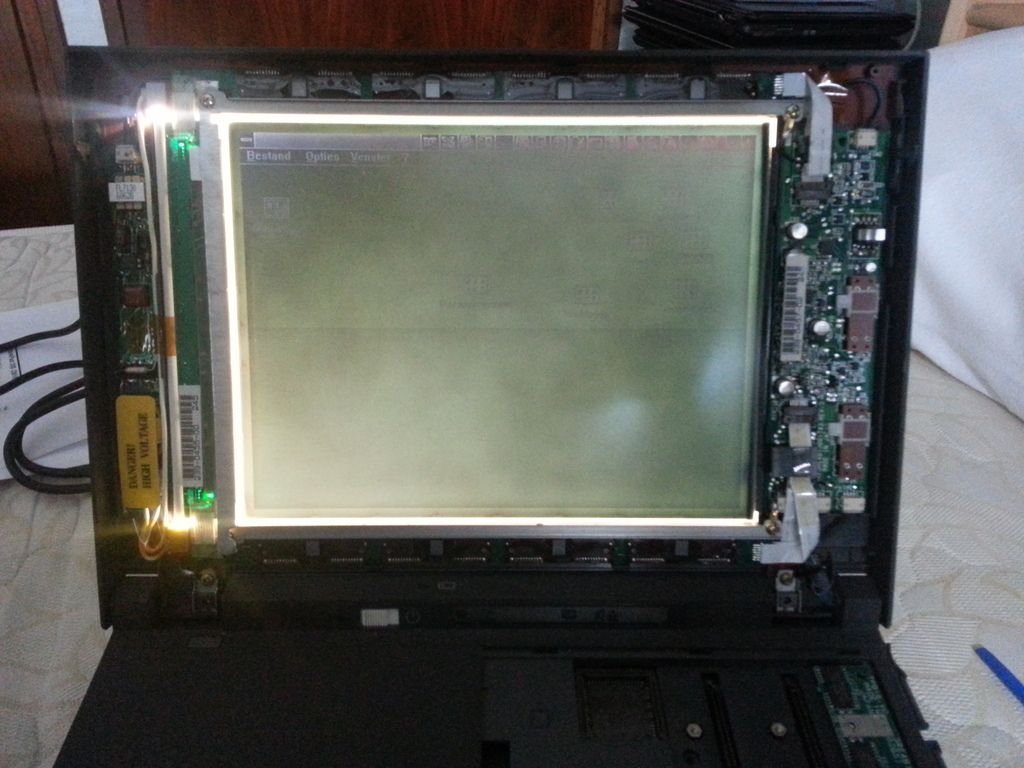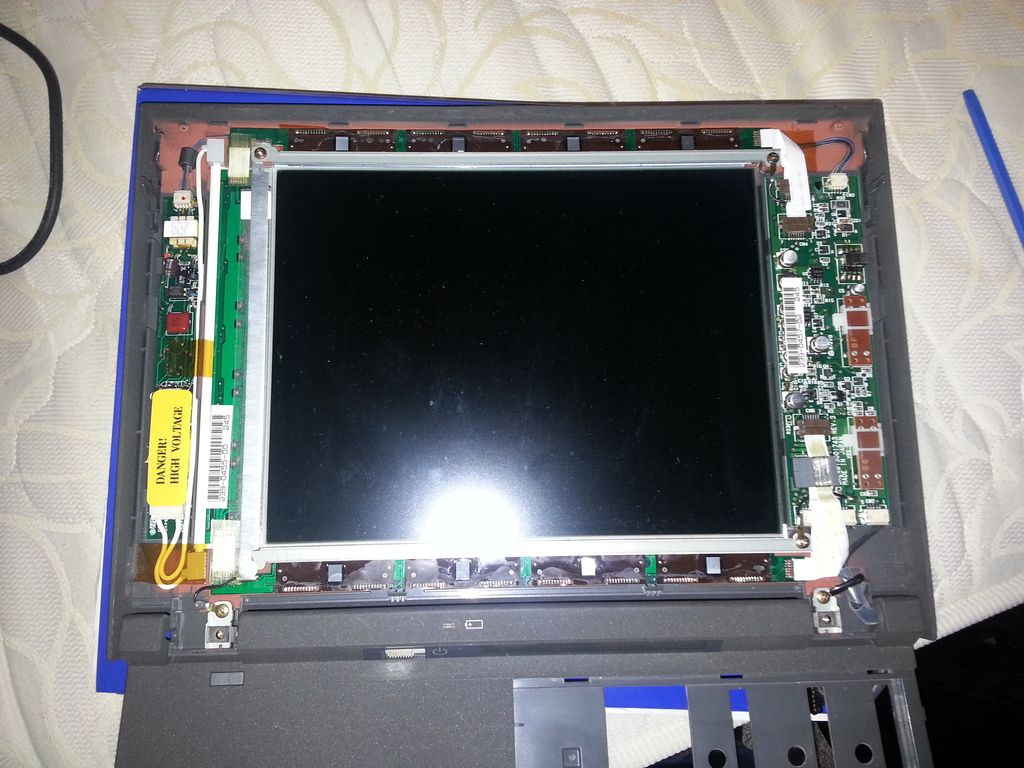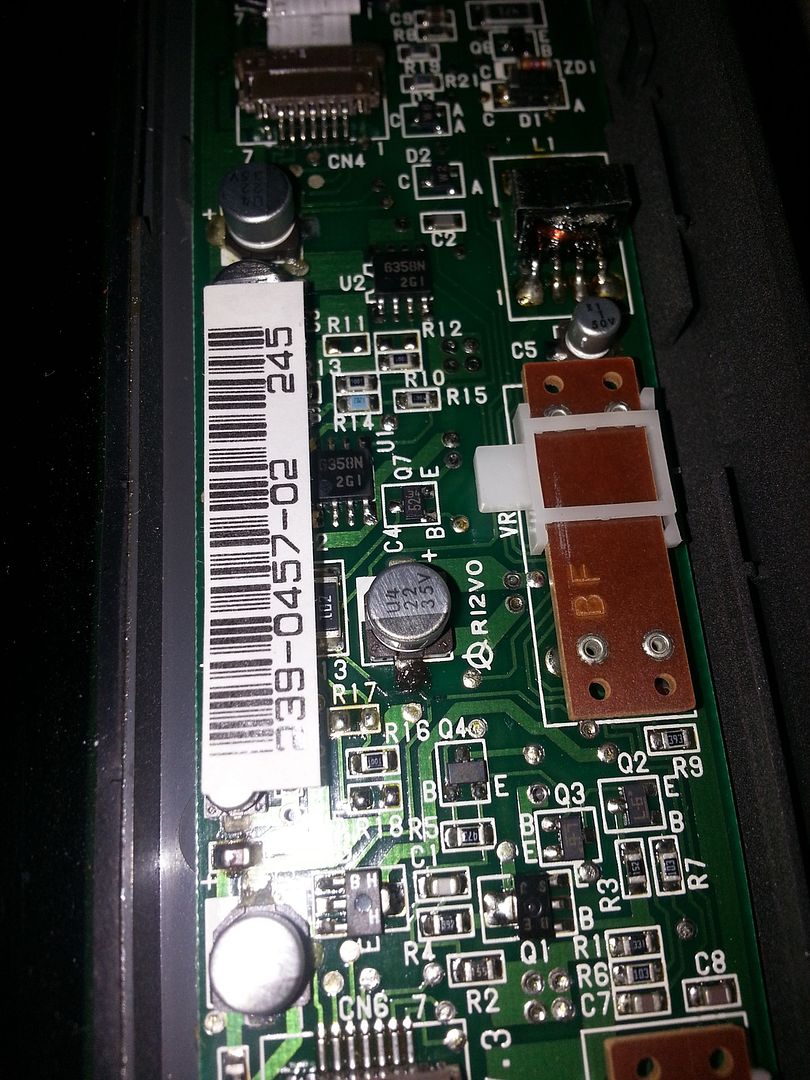First post, by Nvm1
A new project from me since I got an oppertunity last week to get two old notebooks for a couple of beers. 🤣
One of them is a Toshiba T3200 which still works flawless, I will intruduce that one later. This thread goes about the IBM Thinkpad 300 I got.
The thinkpad 300 was the first in the 300 line of thinkpads that would follow but a bit of a strange system. It was produced by Zenith and from the info I found it was so badly made that every unit needed rework before being sold. It's specs are:
CPU: 386SL
RAM: 2mb on board with a max of 12MB (3 expansion slots available)
HDD: 80mb or 120mb
VGA: 256kb with a 9,5" monochroom display
FDD on board
One planar card position in the notebook for a modem or network card.
From the documentation that was with the notebook it originally had a twisted pair network card in it, which unfortunatly has been removed somewhere during it's life.
For the rest I only found the maintenance manual and specssheet on the archived IBM sites. Not much info for the rest to find..
The system I got didn't work well when I got it, it sometimes tried to boot, sometimes just simply beeping and shutting down with some hissing noises. 😠 Also the rattling inside warned me of some loose parts in it, and the HDD sounded bad with a severe knocking sound.
Here is a picture with the co-processor cover removed and one extra 2MB memory module visible:
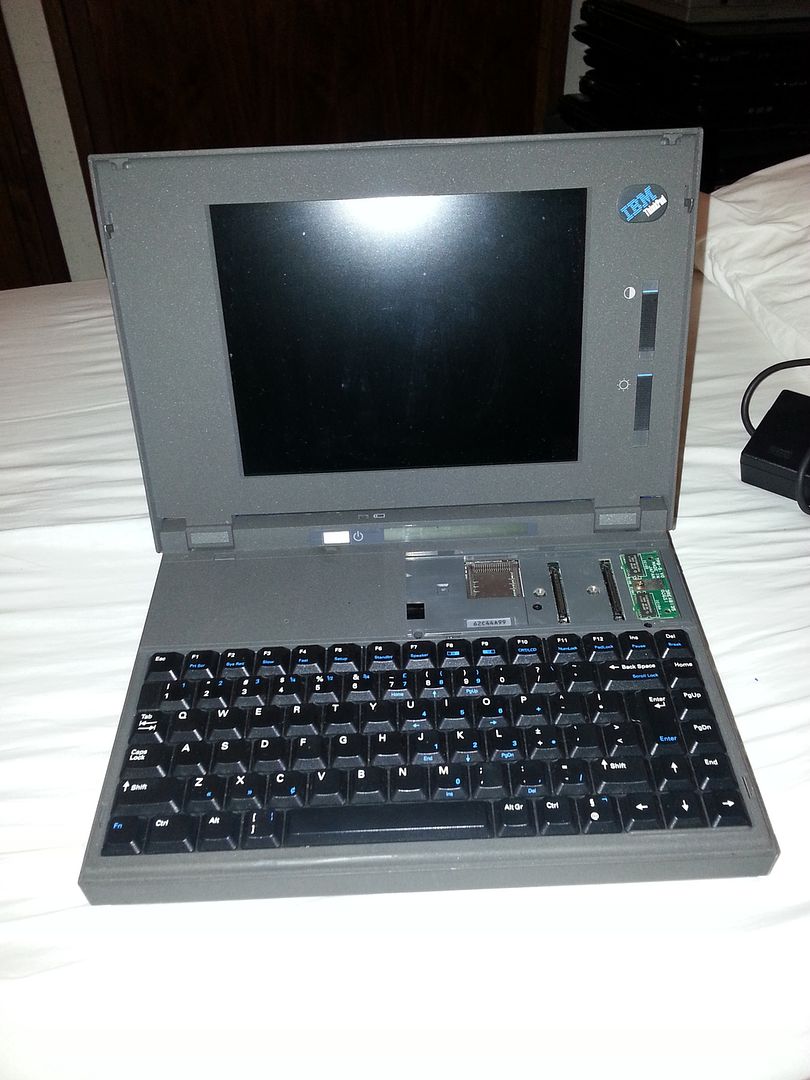
Yesterday (after 5 days) I started smelling a familiar aroma from the notebook so I immediatly started searching where it came from. First suspect was the battery (still with it) so I opened it but everything looks very well in there:
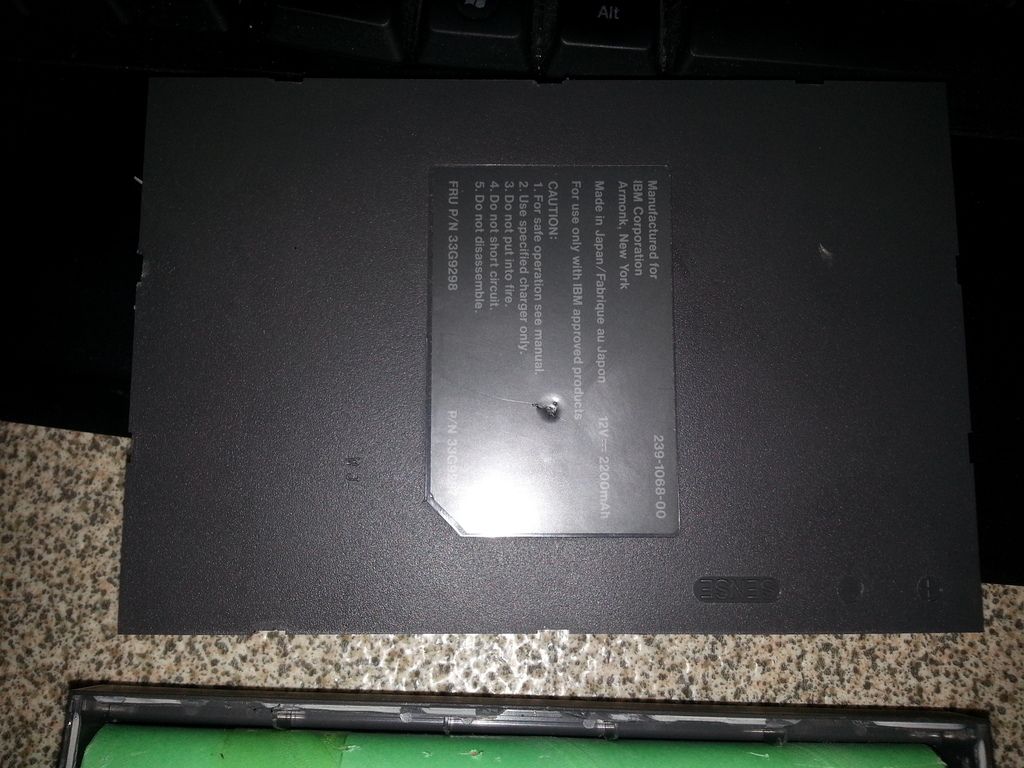

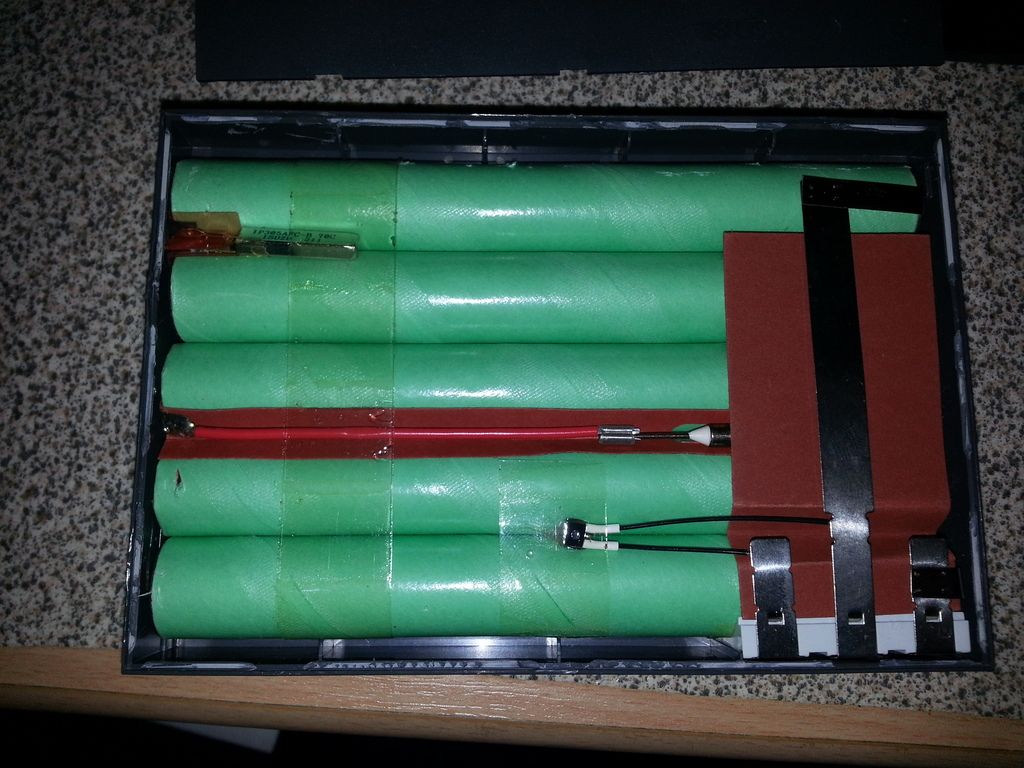
So the search continued
